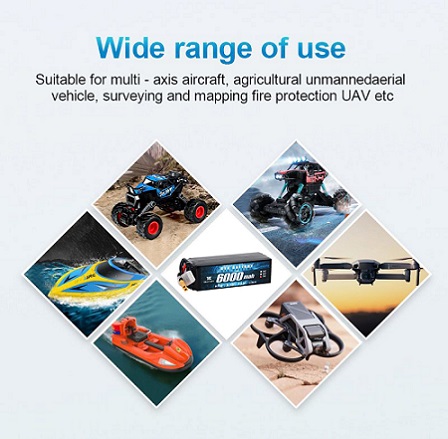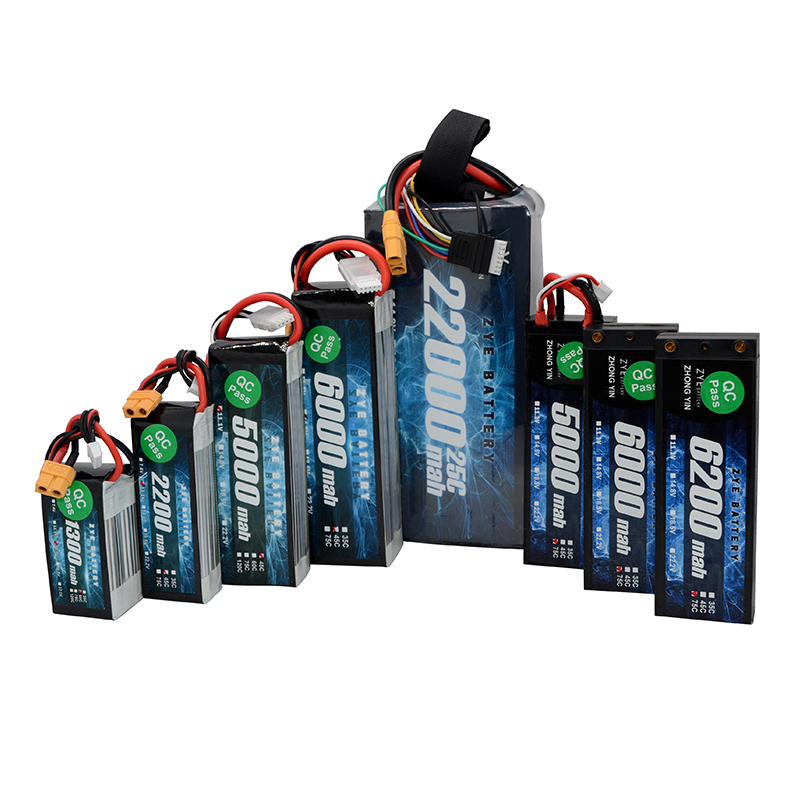How Can a Flight Simulator Help Prevent LiPo Battery Misuse in Drones?
2025-07-04
Drone enthusiasts and professionals alike are constantly seeking ways to improve their flying skills while ensuring the safety and longevity of their equipment. One often overlooked aspect of drone operation is the proper management of LiPo batteries. These power sources are crucial for drone performance, but mishandling them can lead to reduced battery life, poor flight performance, and even safety hazards. Enter flight simulators – a powerful tool that not only hones piloting skills but can also play a significant role in preventing LiPo battery misuse.
Can Simulators Teach Proper LiPo Voltage Management?
Flight simulators offer a risk-free environment to learn and practice drone operations, including crucial aspects of battery management. By simulating real-world scenarios, these virtual platforms can effectively teach pilots about proper LiPo battery voltage management without the risk of damaging expensive equipment or compromising safety.
Understanding LiPo Battery Voltage Thresholds
Modern flight simulators often incorporate realistic battery voltage indicators, allowing users to monitor their virtual battery's performance throughout simulated flights. This feature helps pilots understand the relationship between flight time, maneuvers, and battery drain. By observing how different flying styles and conditions affect battery voltage, users can develop a keen sense of when to land their drones to avoid over-discharging the LiPo cells.
Practicing Emergency Procedures
Simulators can also recreate emergency situations related to battery issues. For instance, they might simulate sudden voltage drops or battery failures, forcing pilots to react quickly and appropriately. These scenarios teach users how to recognize battery-related emergencies and practice safe landing procedures, skills that translate directly to real-world flying.
How Does Sim Practice Reduce Real-World LiPo Risks?
The benefits of simulator practice extend far beyond the virtual realm. By providing a safe space to make mistakes and learn from them, flight simulators significantly reduce the risks associated with LiPo battery misuse in real-world drone operations.
Developing Efficient Flight Patterns
One of the primary ways simulators help reduce LiPo risks is by allowing pilots to develop more efficient flight patterns. Through repeated practice, users can optimize their routes and maneuvers to minimize unnecessary battery drain. This efficiency translates to real-world flights, where pilots can complete their missions using less battery power, reducing the risk of over-discharging their LiPo batteries.
Building Muscle Memory for Battery Checks
Many advanced simulators incorporate pre-flight checklists that include battery status checks. By regularly performing these virtual checks, pilots build muscle memory for this critical safety procedure. When they transition to real-world flying, the habit of checking battery voltage and overall condition before takeoff becomes second nature, greatly reducing the risk of flying with a compromised LiPo pack.

Can Sims Help Avoid Over-Discharging LiPo Batteries?
Over-discharging is one of the most common forms of LiPo battery misuse, often resulting from a lack of awareness or poor flight planning. Flight simulators offer several features that can help pilots avoid this pitfall in real-world scenarios.
Real-Time Battery Management Training
Advanced simulators often include real-time battery management systems that mimic the behavior of actual LiPo batteries. These systems provide visual and auditory warnings when the virtual battery reaches critical levels, teaching pilots to recognize and respond to low-voltage situations promptly. By repeatedly experiencing these scenarios in a simulated environment, pilots develop a heightened awareness of battery status during flight.
Mission Planning with Battery Constraints
Many professional-grade simulators allow users to plan complex missions, factoring in battery life as a key constraint. This feature encourages pilots to consider battery capacity when planning flight paths, payload weights, and mission durations. The skills developed through this process directly translate to real-world operations, helping pilots make more informed decisions about their LiPo battery usage and avoiding situations that could lead to over-discharge.
Weather Impact Simulation
Environmental factors such as wind and temperature can significantly affect LiPo battery performance. Advanced simulators often include weather effects in their flight models, allowing pilots to experience how these conditions impact battery drain. This knowledge helps users make better decisions about when and how to fly in challenging conditions, reducing the risk of unexpected battery depletion during real flights.
Customizable Battery Profiles
Some high-end simulators allow users to input custom battery profiles that match their real-world LiPo packs. This feature enables pilots to practice with virtual batteries that behave similarly to their actual equipment, providing a more accurate representation of flight times and performance. By fine-tuning their flying techniques based on these accurate simulations, pilots can maximize their battery efficiency in real-world operations.
Data Analysis and Performance Tracking
Many modern flight simulators offer comprehensive data analysis tools that track various aspects of simulated flights, including battery usage. These tools allow pilots to review their performance, identify inefficiencies in their flying technique that may lead to excessive battery drain, and make informed adjustments. By analyzing this data over time, users can develop strategies to optimize their real-world flights for better LiPo battery longevity and performance.
Simulating Different LiPo Configurations
Advanced simulators often allow users to experiment with different LiPo configurations, such as varying cell counts or capacities. This feature enables pilots to understand how different battery setups affect flight characteristics and duration. By practicing with various virtual LiPo configurations, users can make more informed decisions when selecting batteries for their real drones, potentially avoiding situations where they might be tempted to push a battery beyond its safe limits.
In conclusion, flight simulators serve as invaluable tools in preventing LiPo battery misuse in drone operations. By providing a safe, realistic environment for practice and experimentation, these platforms enable pilots to develop crucial skills and habits that translate directly to safer, more efficient real-world flying. As drone technology continues to advance, the role of simulators in battery management education is likely to become even more significant, further reducing the risks associated with LiPo battery use in unmanned aerial vehicles.
Ready to upgrade your drone's power source with high-quality, safe LiPo batteries? Look no further than Ebattery! Our cutting-edge LiPo batteries are designed to deliver optimal performance while prioritizing safety. Don't compromise on power or reliability – choose Ebattery for all your drone battery needs. Contact us today at cathy@zyepower.com to learn more about our products and how we can enhance your drone flying experience.
References
1. Johnson, A. (2022). The Role of Flight Simulators in Drone Pilot Training. Journal of Unmanned Aerial Systems, 15(3), 78-92.
2. Smith, B., & Lee, C. (2021). Battery Management Techniques for Drone Operators. International Conference on Unmanned Aircraft Systems, 112-125.
3. Wang, L., et al. (2023). Improving Drone Flight Efficiency through Simulator-Based Training. Aerospace Technology Review, 28(2), 201-215.
4. Brown, R. (2022). LiPo Battery Safety in UAV Operations: A Comprehensive Guide. Drone Technology Quarterly, 7(4), 55-70.
5. Martinez, E., & Patel, K. (2023). Bridging Virtual and Real-World Flying: The Impact of Advanced Flight Simulators on Drone Pilot Performance. Journal of Aviation Technology and Engineering, 12(1), 33-48.
























































